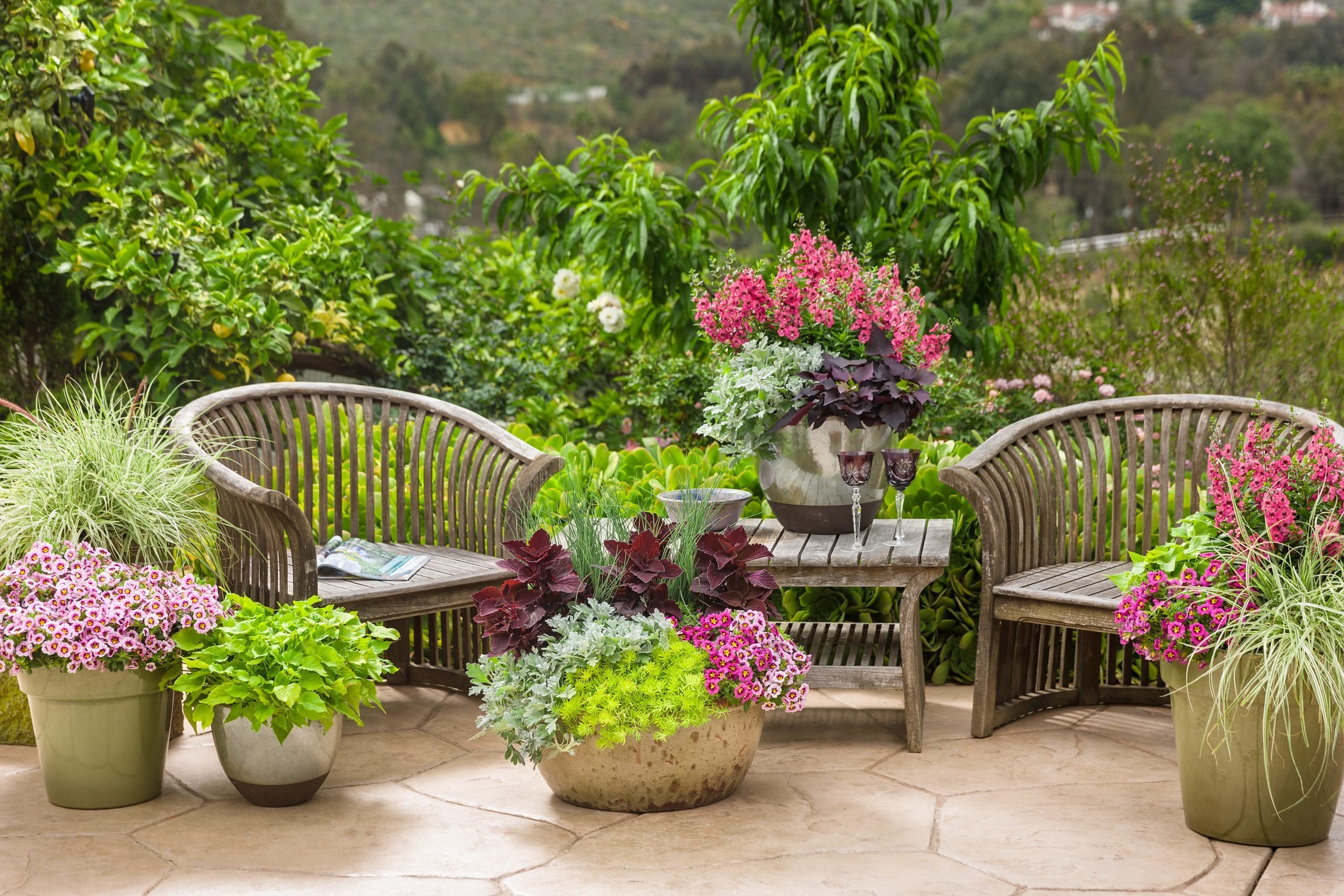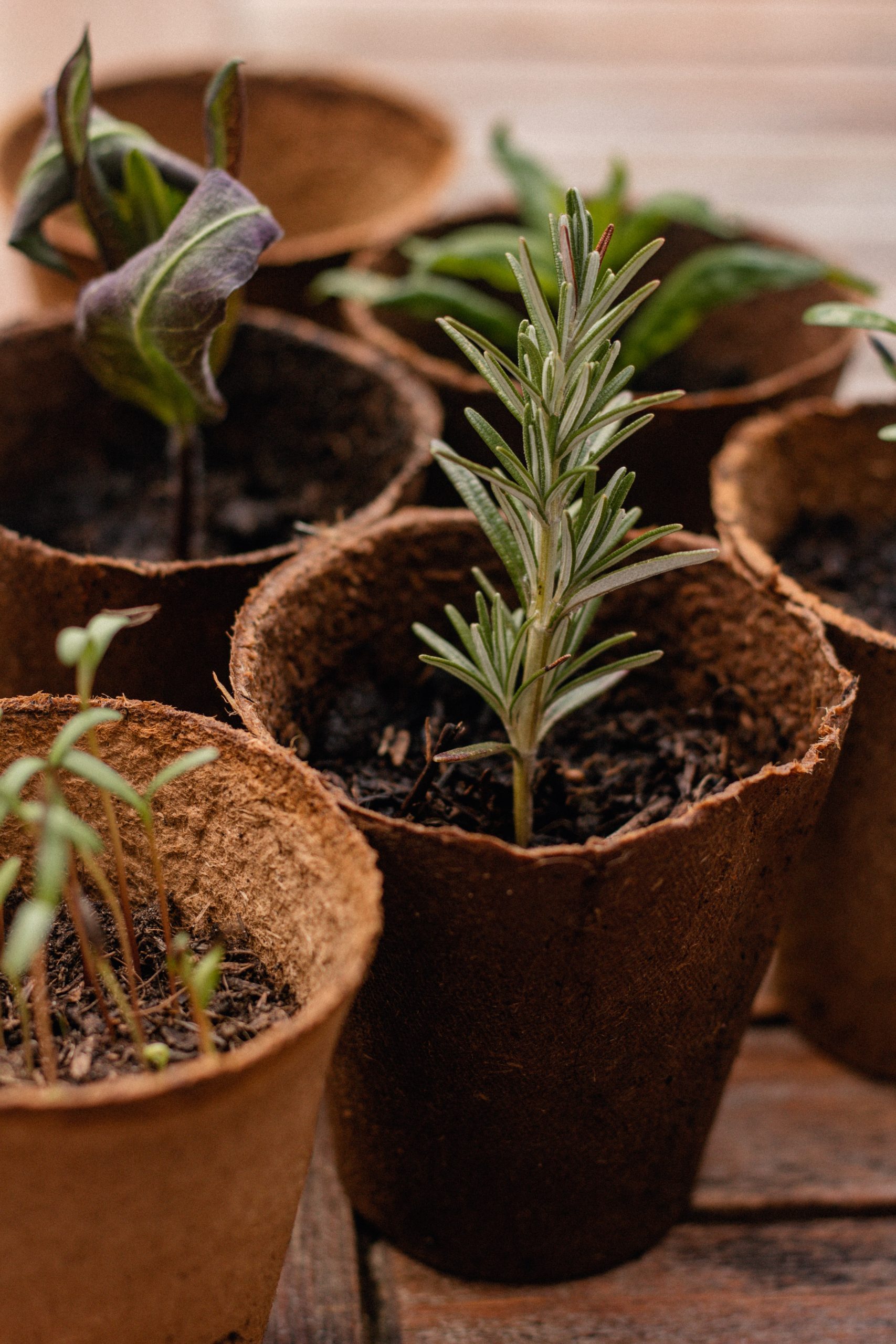Are you looking to add some color and beauty to your outdoor space? Flowers are the perfect way to liven up any garden or landscape design. However, with so many different types of flowers available, it can be overwhelming to choose which ones will work best for your specific needs. In this blog post, we’ll explore the factors you should consider when selecting flowers for your garden and provide tips on how to plant and care for them properly. Get ready to transform your outdoor space into a stunning floral oasis!
The Different Types of Flowers
Flowers come in a wide variety of shapes, sizes, and colors. Some popular flowers include roses, daisies, sunflowers, and tulips. Each flower type has its unique features that make it stand out from the rest.
Roses are known for their sweet fragrance and romantic appeal. They come in different colors such as red, pink, yellow, white.
Daisies are simple yet charming flowers that brighten up any garden with their sunny disposition. They typically have white petals with a yellow center but can also come in pink or purple.
Sunflowers are tall and impressive plants that add height to any garden landscape. Their large golden blooms follow the sun throughout the day.
Tulips are elegant flowers that bring color to your yard during springtime. They come in various shades of reds pinks yellows purples etc., making them perfect for creating colorful landscapes.
No matter what type of flower you choose to plant in your garden or landscape design project; each one offers something uniquely beautiful for everyone’s taste!
Factors to Consider When Choosing Flowers for Your Garden
Choosing the right flowers for your garden can make all the difference in creating a beautiful and thriving landscape. To begin, consider the climate of your area as well as the amount of sunlight and water that is available. Some flowers require more direct sunlight or frequent watering than others, so it’s important to select varieties that will thrive in your specific environment.
Another factor to consider is the size and layout of your garden. If you have limited space, prioritize selecting smaller plants that won’t overcrowd each other. Additionally, think about how different colors and textures will complement one another in your overall design scheme.
It’s also essential to choose flowers with varying bloom times so that there is always something blooming throughout the growing season. This not only adds visual interest but also ensures that pollinators have a consistent food source.
Consider incorporating native plant species into your garden design as they are often better adapted to local conditions and provide crucial habitat for wildlife such as birds and butterflies.
Take into account any potential allergies or sensitivities when choosing flowers for yourself or others who may be enjoying your garden space. With careful consideration of these factors, you can create a stunning and sustainable floral oasis in your own backyard!
How to Plant Your Flowers
Once you have chosen the right flowers for your garden, it’s time to start planting. Here are some tips on how to plant your flowers for a successful landscape design.
Firstly, prepare the soil by removing any weeds or rocks and add compost or fertilizer if necessary. This will ensure that your plants get enough nutrients to grow strong and healthy.
Next, dig holes for each of your plants. Make sure that the hole is deep enough to accommodate the roots without crowding them. Then gently remove the plants from their containers and place them in their respective holes.
Fill in around the roots with soil and press down firmly but gently to eliminate air pockets. Water thoroughly after planting to help settle the soil around each plant.
Remember to space out your plants appropriately based on their recommended distance apart. Overcrowding can lead to stunted growth or even death of some plants due to lack of sunlight, water or nutrients.
Consider adding mulch around your newly planted flowers which helps retain moisture in the soil while suppressing weed growth.
By following these simple steps, you’ll be well on your way towards creating a beautiful flower garden that blooms all season long!
Caring for Your Flowers
Caring for your flowers is just as important as choosing the right ones to plant. Here are some tips on how to keep your garden looking beautiful all season long.
First, make sure you water your flowers regularly. Different types of flowers have different watering needs, so it’s important to do your research and know what works best for each one. Some may require daily watering while others only need a weekly soak.
Secondly, fertilizing can help give your plants the nutrients they need to thrive. Be sure to use a fertilizer that is appropriate for the type of flower you’re growing and follow the instructions carefully.
Deadheading is another key aspect of caring for flowers. This means removing dead or faded blooms from the plant in order to encourage new growth. It also helps keep the plant looking neat and tidy.
Be aware of any pests or diseases that could harm your plants and take action accordingly. Regularly inspecting them can prevent issues from getting out of hand.
With these simple tips, you’ll be able to care for your flowers properly and enjoy their beauty all season long!
Conclusion
Choosing the right flowers for your garden is an essential aspect of landscape design. It not only adds to the beauty and aesthetics of your home but also provides a relaxing environment. When selecting flowers for your garden, you need to consider factors such as climate, soil type, lighting conditions, and maintenance requirements.
Remember that planting and maintaining a garden require patience and dedication. However, with proper planning and care, you can create a beautiful outdoor space that will delight you all year round. So go ahead and choose the perfect flowers for your garden today!








